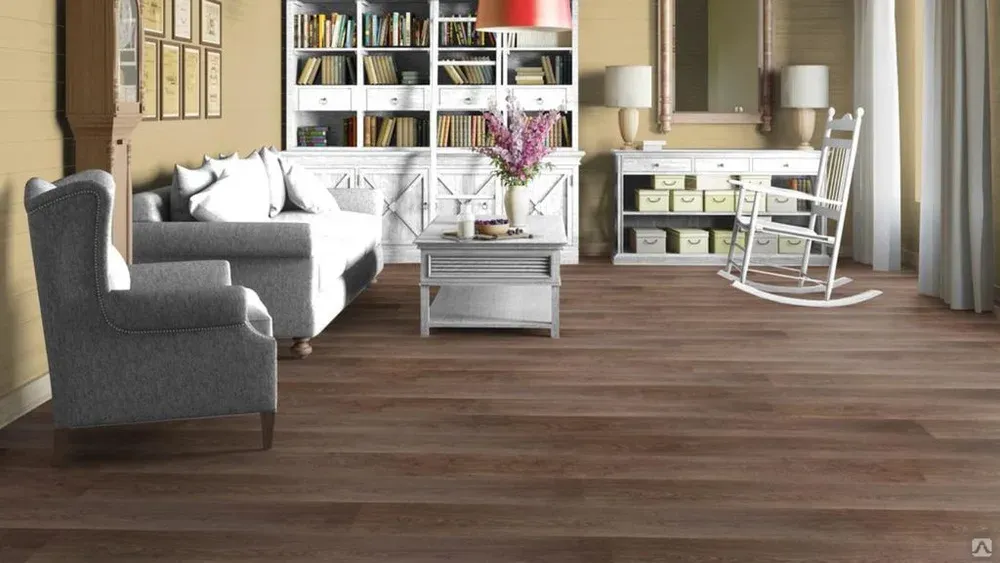difference in flooring types
Exploring the Differences in Flooring Types A Comprehensive Guide
When it comes to renovating or building a space, one of the most significant decisions you'll face is selecting the right flooring type. The choice of flooring not only affects the aesthetic appeal of your home or office but also has a profound impact on functionality, maintenance, and comfort. With a plethora of options available, each flooring type presents unique characteristics, advantages, and disadvantages. This article will explore the key differences among the most popular flooring types, including hardwood, laminate, tile, carpet, and vinyl.
1. Hardwood Flooring
Hardwood flooring is a timeless classic that exudes elegance and warmth. Made from natural wood species, hardwood can bring a sense of sophistication to any space. It is highly durable and can last for decades if properly maintained. Hardwood flooring can be refinished multiple times to restore its original beauty, making it a long-term investment.
However, hardwood is susceptible to moisture and humidity, which can cause warping or swelling. It is also one of the more expensive flooring options, both in terms of material and installation. Despite these drawbacks, homeowners often choose hardwood for its natural beauty and the value it adds to a property.
2. Laminate Flooring
If you're looking for an affordable alternative to hardwood, laminate flooring is an excellent option. Made from composite wood, laminate mimics the appearance of natural wood or other materials without the high price tag. It is resistant to scratches, dents, and stains, making it an ideal choice for high-traffic areas.
While laminate is easier to install and maintain than hardwood, it doesn’t carry the same level of longevity. It cannot be refinished, and if it becomes water-damaged, it may need to be replaced entirely. In addition, some people prefer the feel of real wood underfoot, which laminate may not provide.
Tile flooring is renowned for its versatility and durability. Available in various materials such as ceramic, porcelain, and natural stone, tile offers endless design possibilities. It is water-resistant, making it an ideal option for kitchens, bathrooms, and entryways. Tile flooring is also easy to clean and maintain, adding to its popularity.
difference in flooring types

On the downside, tile can be cold and hard underfoot, which may not be comfortable for prolonged standing. The installation process can also be labor-intensive and costly, particularly with natural stone tiles. Nonetheless, the robust nature of tile makes it a top choice for many homeowners.
4. Carpet Flooring
Carpet flooring provides unparalleled comfort and warmth. Available in a wide range of colors, textures, and styles, carpet can transform a space into a cozy retreat. It acts as an excellent insulator, keeping rooms warm in winter and reducing noise between rooms.
However, carpets require regular maintenance, including vacuuming and periodic deep cleaning. They can also stain easily and may harbor allergens, making them less suitable for individuals with respiratory issues. Additionally, carpet tends to have a shorter lifespan compared to hard flooring options.
5. Vinyl Flooring
Vinyl flooring has gained significant popularity in recent years due to its affordability and ease of installation. Available in sheets, tiles, or planks, vinyl can imitate other flooring materials such as wood or stone while offering water resistance. This makes it an excellent choice for areas prone to moisture.
While vinyl is low-maintenance and budget-friendly, its longevity is not on par with natural materials like hardwood or tile. Over time, it may show signs of wear and tear, particularly in high-traffic areas.
Conclusion
Choosing the right flooring type is crucial to the overall success of your interior design project. Each flooring option has its distinct characteristics, making them suitable for different needs and preferences. By understanding the differences between hardwood, laminate, tile, carpet, and vinyl, you can make an informed decision that enhances both the beauty and functionality of your space. Ultimately, the best choice will depend on your lifestyle, budget, and aesthetic aspirations.
-
SPC Vinyl FlooringJul.18,2025
-
Home SPC FlooringJul.18,2025
-
Heterogeneous Sheet Vinyl: The Ultimate Commercial Flooring SolutionJul.15,2025
-
Dry Back LVT Flooring: A Durable and Stylish Flooring SolutionJul.15,2025
-
Click LVT Flooring: A Stylish and Convenient Flooring SolutionJul.15,2025
-
SPC FlooringJun.24,2025




